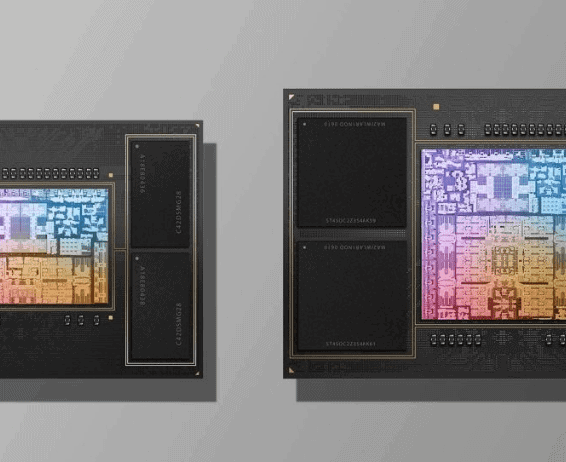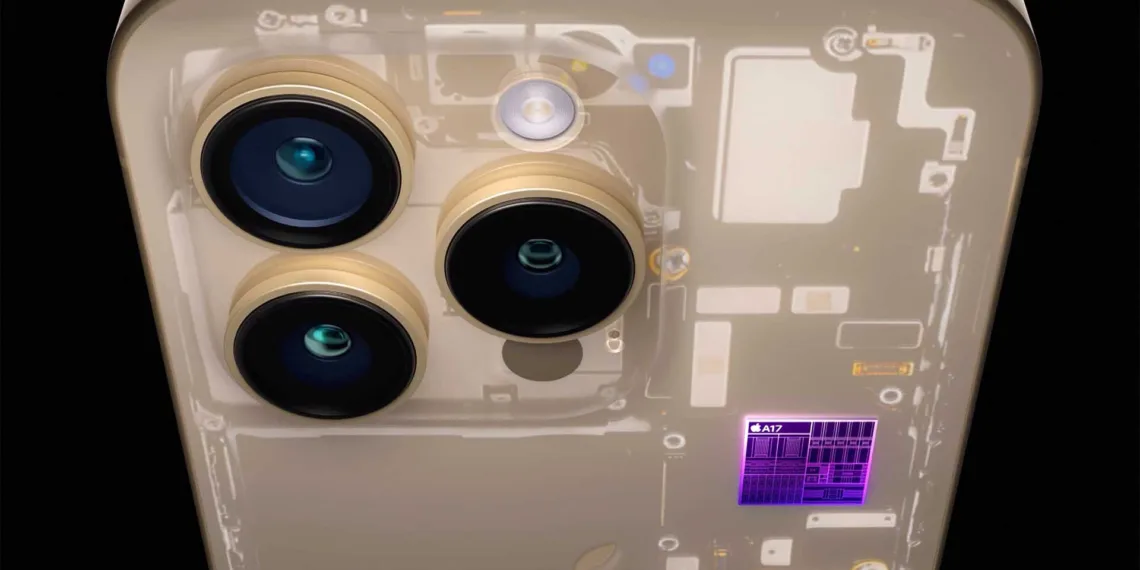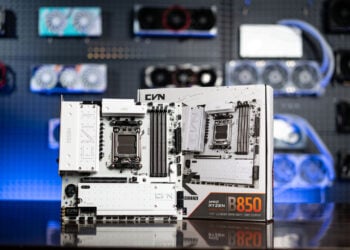Last year, Apple unveiled its much-anticipated M3 chips, manufactured using TSMC’s cutting-edge 3nm architecture. While the M3 Pro and M3 chips offer improved performance compared to their predecessors, Apple is already focusing on its next-generation Apple Silicon. A recent report suggests that Apple is likely to be TSMC’s primary customer for its 2nm chips, which promise further enhancements in computational and graphical capabilities for iPhone and Mac devices.

All About Apple TSMC 2nm Chips
According to sources cited by DigiTimes, Apple is poised to be the initial adopter of TSMC’s 2nm chips, which will be utilized in iPhones, Macs, iPads, and other devices. The report indicates that more details about TSMC’s 2nm chips will be disclosed soon, with mass production expected to commence in the latter half of 2025. Consequently, products released before this timeframe will continue to utilize TSMC’s 3nm architecture.
For those unfamiliar with semiconductor technology, a lower nanometer count signifies smaller transistor sizes, allowing for greater transistor density within the processor. TSMC’s 2nm chips promise improved performance and efficiency, potentially leading to enhanced battery life in future Apple products like iPhones and MacBooks.

Presently, Apple employs TSMC’s 3nm technology for chips used in various devices, including MacBooks, iPads, and iPad Pro models. Last year, the introduction of M3 Pro and M3 Max chips marked significant advancements in performance for new MacBook Pro models. Additionally, TSMC’s 3nm chips power the A17 Pro chip in the iPhone 15 Pro, with performance gains observed in various benchmark tests compared to earlier iterations. Therefore, the transition to TSMC’s 2nm chips is anticipated to further elevate performance capabilities.
In terms of performance metrics, Apple’s move from 5nm to 3nm chips resulted in a notable 10 percent improvement in CPU performance and up to 20 percent gains in GPU performance. TSMC is expanding production capacity for its 2nm chips through the development of two new facilities. These chips will utilize GAAFET (gate-all-around field-effect transistors) with nanosheets, offering smaller transistor sizes and reduced power consumption despite the more intricate production process.

It is anticipated that Apple will integrate the 2nm architecture into its devices by 2025, potentially coinciding with the release of the iPhone 17 series and future iterations of the M-series chips. Additionally, TSMC is reportedly working on its 1.4nm architecture, expected to debut in 2027, with Apple likely being among the first recipients of these advanced chips.








